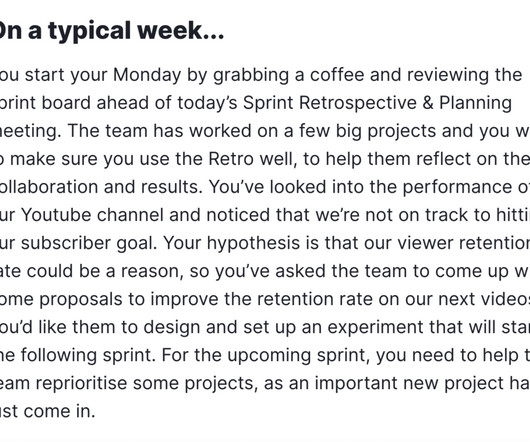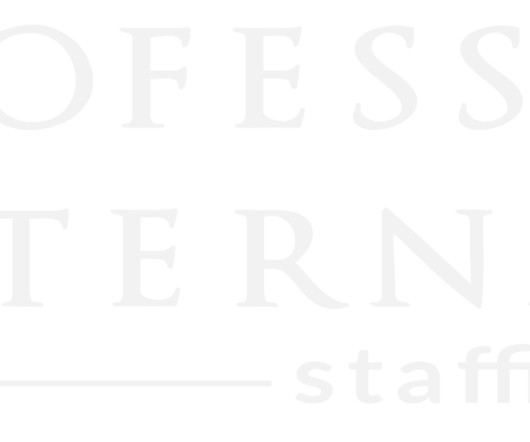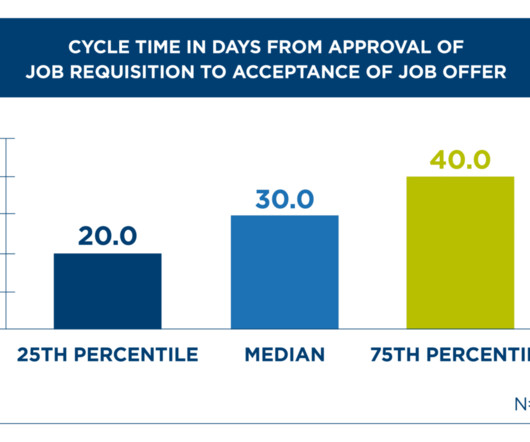How To Craft a Strategic Hiring Plan in 2025
AIHR
DECEMBER 2, 2024
Having launched the business in 1999 from a one-bedroom apartment, Salesforce is now a juggernaut boasting best-in-class software for eleven straight years and a team of over 80,000 employees. Keep informed about general and industry-specific technological trends and their potential impact on your workforce. And he should know.























































Let's personalize your content